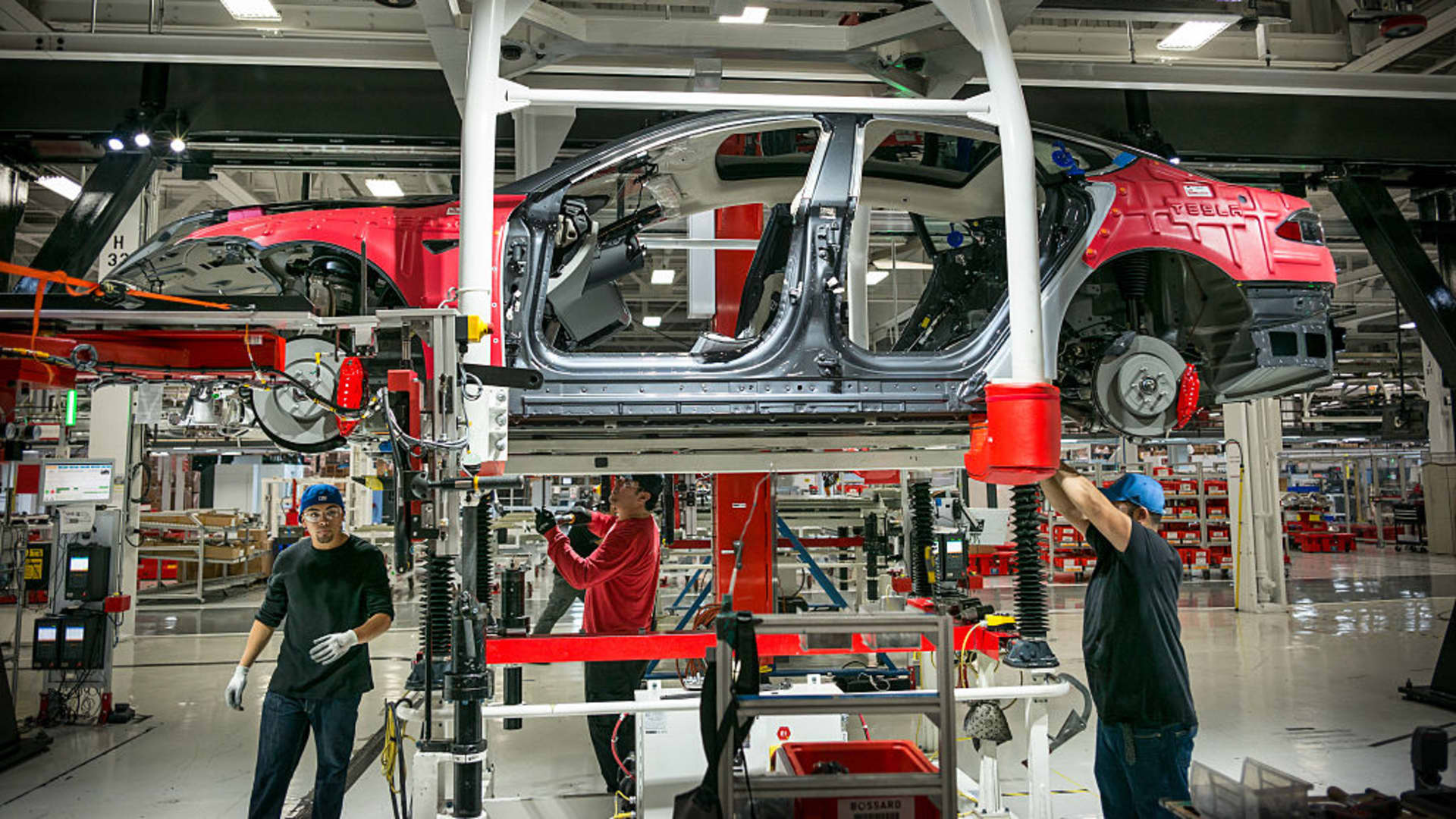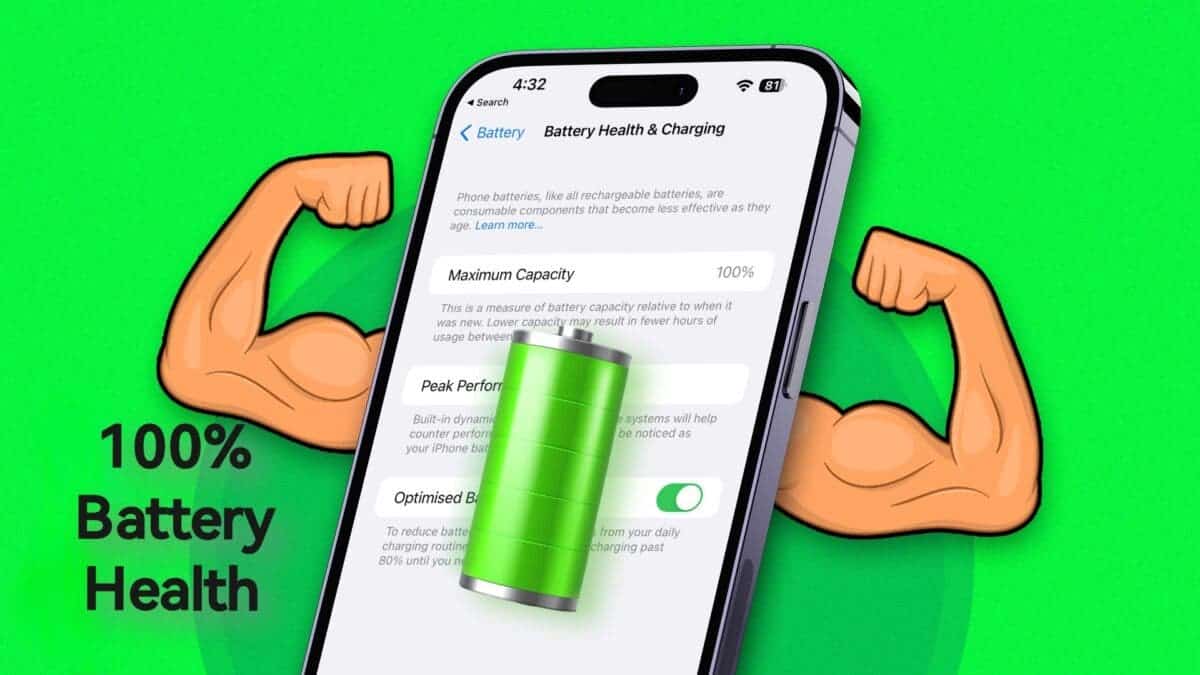Many companies and platforms are struggling with how to deal with AI-generated content as it becomes more prevalent. One of the main concerns for many is making it clear that an AI model created a photo, video or piece of audio. For this purpose there is for tagging videos made with artificial intelligence.
Starting today, the platform will require anyone who uploads realistic-looking video that is “made with altered or synthetic media, including ” to label it in the name of transparency. YouTube defines realistic content as anything that a viewer can “easily mistake” for an actual person, event or place.
If a creator uses a synthetic version of a real person’s voice to narrate a video or replaces someone’s face with another person’s, they will need to include a tag. They will also need to include disclosure if they alter footage from a real event or location (such as altering an existing cityscape or making it look like a real building is on fire).
YouTube says it can apply one of these labels to a video if the creator hasn’t, “especially if the altered or synthetic content has the potential to confuse or mislead people.” The team notes that while it wants to give creators some time to get used to the new rules, YouTube will likely penalize those who persistently ignore the rules by not including a tag when they should.
These tags will begin appearing on YouTube in the coming weeks, starting with the mobile app and then desktop and TV. These will mostly appear in the extended description, noting that the video includes “altered or synthetic content”, adding that “audio or visuals are significantly edited or digitally generated”.
However, when it comes to more sensitive topics (such as news, elections, finance and health), YouTube will place a label directly on the video player to make it more visible.
Creators won’t need to include the tag if they’ve only used generative AI to help with things like creating scripts, brainstorming video ideas, or automatically generating captions. Tags will not be required for “manifestly unrealistic content” or if the changes are inconsequential. Correcting colors or using special effects, such as adding background blur, will not in itself require creators to use the modified content tag. Nor the application of lighting filters, beauty filters, or other enhancements.
In addition, YouTube says it is still working on a revamped takedown request process for synthetic or altered content that depicts the face or voice of a real, recognizable person. He plans to share more details about this updated procedure soon.
https://www.engadget.com/youtube-lays-out-new-rules-for-realistic-ai-generated-videos-154248008.html?src=rss







